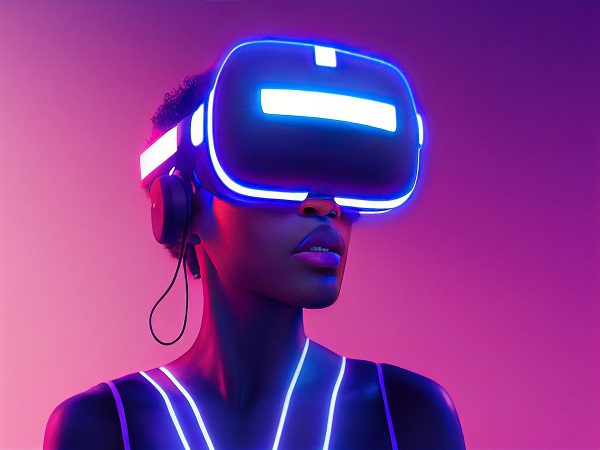Introduction
The integration of augmented reality (AR) has emerged as a groundbreaking development, significantly influencing the capabilities and functionalities of modern cell phones. As we delve into the intricacies of this transformative technology, it becomes evident that AR is not merely a gimmick but a powerful tool that enhances user experiences in ways previously unimaginable.
Origins of Augmented Reality
Before we embark on dissecting its contemporary applications, it is crucial to understand the roots of augmented reality. The concept of blending the virtual and physical worlds dates back to the 1960s, but it was only in recent years that advancements in hardware and software paved the way for its widespread adoption. AR gained momentum with the advent of smartphones, which provided the ideal platform for its integration, combining powerful processors, high-resolution displays, and advanced sensors.
Applications in Everyday Life
One of the most notable impacts of augmented reality on modern cell phones is its integration into everyday life. From navigation apps that overlay directions onto the real world to gaming experiences that seamlessly blend virtual characters with the physical environment, AR has become an integral part of our daily routines. For instance, applications like Pokemon Go revolutionized mobile gaming by introducing an immersive AR experience, encouraging users to explore their surroundings in search of virtual creatures.
Enhanced Shopping Experiences
In the realm of e-commerce, augmented reality has redefined the way we shop online. Many retail brands now offer AR-enabled apps that allow customers to virtually try on clothes, accessories, or even furniture before making a purchase. This not only enhances the online shopping experience but also mitigates the uncertainty associated with buying items without physically interacting with them. As a result, consumers can make more informed decisions, leading to increased satisfaction and reduced return rates.
Educational Paradigm Shift
The impact of augmented reality extends beyond entertainment and commerce, reaching into the realm of education. AR applications have transformed traditional learning methods by providing interactive and immersive experiences. For instance, students can explore historical events by virtually stepping into different time periods or dissect complex biological structures through AR simulations. This dynamic approach to education not only captures the attention of learners but also fosters a deeper understanding of various subjects.
AR and Social Media Integration
The integration of augmented reality into social media platforms has redefined how we share and consume content. Filters and effects, powered by AR technology, have become ubiquitous on platforms like Instagram and Snapchat, allowing users to add virtual elements to their photos and videos. This not only enhances self-expression but also creates new avenues for creativity and engagement. Businesses have capitalized on this trend by using AR filters for promotional campaigns, further blurring the lines between digital and physical marketing.
Navigational Assistance and Tourism
Augmented reality has revolutionized the way we navigate and explore new places. Navigation apps equipped with AR capabilities overlay directional information onto the real world, making it easier for users to follow routes in unfamiliar surroundings. Additionally, AR-enhanced tourism apps provide users with historical information and points of interest as they explore new destinations. This not only enhances the travel experience but also promotes cultural awareness and appreciation.
The Evolution of AR Hardware
As augmented reality continues to gain prominence, there is a concurrent evolution in the hardware that supports its implementation. Modern cell phones are equipped with advanced sensors, cameras, and processors specifically designed to deliver seamless AR experiences. The integration of depth-sensing cameras, LiDAR technology, and improved graphics processing units ensures that AR applications run smoothly, providing users with realistic and immersive interactions.
Challenges and Future Developments
While augmented reality has undoubtedly transformed the mobile landscape, it is not without its challenges. Battery life, processing power, and user privacy are areas that require ongoing attention and innovation. As technology advances, overcoming these challenges will be crucial to unlocking the full potential of AR on cell phones. Looking ahead, the future of augmented reality in mobile devices holds exciting possibilities, with continued advancements in hardware, software, and the integration of AR in various industries.
Conclusion
The impact of augmented reality (AR) on modern cell phones is extensive and transformative. It has revolutionized gaming experiences, improved online shopping, reshaped education, and influenced social media interactions. AR has seamlessly integrated into our digital lives. Advancements in technology promise ongoing refinements in AR applications and hardware, pushing the boundaries of possibilities. The journey of augmented reality in modern cell phones is an ongoing evolution that undoubtedly shapes our interaction with technology in the years ahead.



































